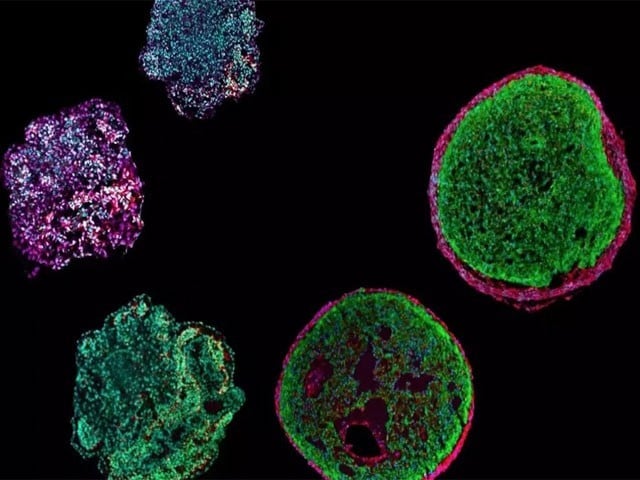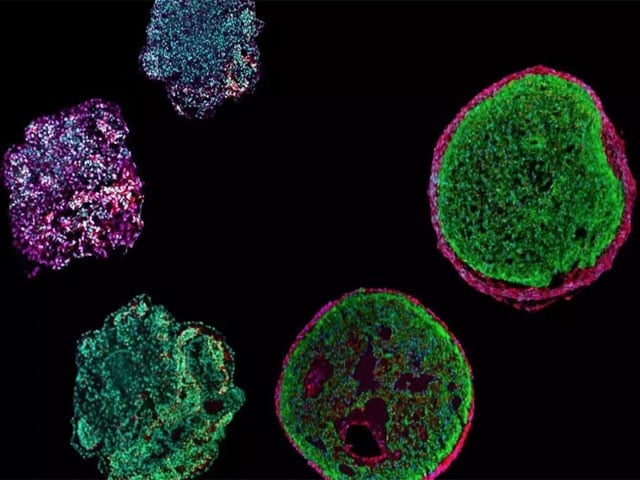
(Photo: Technical University of Munich)
Munich: A team of scientists has created a tiny beating heart in a Petri dish that has the potential to pave the way for future solutions to heart problems.
In a study published in the journal Nature Biotechnology, scientists used 35,000 pluripotent stem cells for this feat. The cells were rapidly spun down using a centrifuge.
The aim of the study by scientists was to gain a better understanding of the early stages of heart formation and to discover treatments for various problems. A series of signaling molecules (molecules that bind to other molecules) were introduced into cell culture (a process in which cells are grown under supervision) over a period of several weeks under a defined procedure.
Dr. Alessandra Moretti, professor and head of research at the Technical University of Munich in Germany, said that in this way we mimic the signaling pathways that control heart growth in the body.
This results in an organoid (tissue created in the lab) half a millimeter in diameter that can be electrically powered and contract like a human heart when blood is not circulating.
A German university team is the first in the world to successfully create an organoid with cells from the heart’s outer layer (epicardium) and heart muscle cells.
Scientists believe that the human heart starts forming only three weeks after conception.
Epicardium cells are critical to understanding how the heart forms, according to study author Dr. Anna Mayer. Other types of cells in the heart, such as connective tissue and blood vessel cells, all develop from these cells. The epicardium also plays an important role in the formation of the chambers of the heart.
(function(d, s, id){
var js, fjs = d.getElementsByTagName(s)[0];
if (d.getElementById(id)) {return;}
js = d.createElement(s); js.id = id;
js.src = “//connect.facebook.net/en_US/sdk.js#xfbml=1&version=v2.3&appId=770767426360150”;
fjs.parentNode.insertBefore(js, fjs);
}(document, ‘script’, ‘facebook-jssdk’));
(function(d, s, id) {
var js, fjs = d.getElementsByTagName(s)[0];
if (d.getElementById(id)) return;
js = d.createElement(s); js.id = id;
js.src = “//connect.facebook.net/en_GB/sdk.js#xfbml=1&version=v2.7”;
fjs.parentNode.insertBefore(js, fjs);
}(document, ‘script’, ‘facebook-jssdk’));



